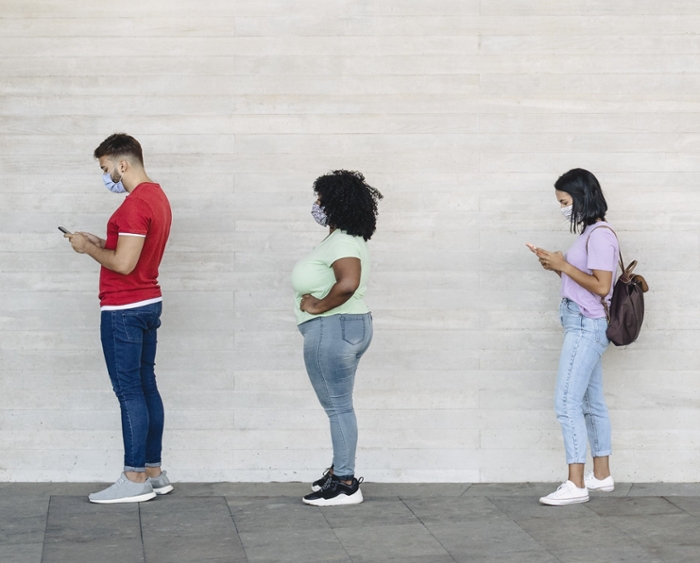The effect of Covid-19 on commerce is leading to a “new normal” as organizations seek to redefine customer service in a virtual world. For example, waiting for a table at a restaurant is now different. People can no longer wait inside in a waiting area. It’s also made going to the grocery store, shopping, or visiting a doctor’s office different. Clogged waiting areas and crowded stores are no longer safe. As such, retailers, daycare centers, and other businesses are starting to use virtual queues to fight long lines. Instead of waiting in a physical queue, customers hold their place virtually while doing something productive somewhere else. Providing wait time information can improve customer wait experience by reducing uncertainty and influencing customers' behavior in a queue.
This is part of the thesis in a recent working paper, “Delay Information in Virtual Queues: A Large-Scale Field Experiment on a Ride-sharing Platform,” from Qiuping Yu, Georgia Tech Scheller College of Business assistant professor of operations management, and colleagues Yiming Zhang and Yong-Pin Zhou from the University of Washington Foster School of Business.
Yu and her colleagues studied the wait time information (WTI) provided by a major ride-sharing company as well as the frequency of one-minute downward updates offered to a customer through the ride-sharing app to determine the amount of time a customer will wait in a virtual queue before canceling their request.
To conduct the study, Yu and her colleagues created a randomized field experiment in a major international city for 28 days in September 2018. This included 500 geographically exclusive virtual queues with a total of 1,425,745 rides.
Their objective was to study three groups of riders; one-third of rides were randomly assigned to the control group and received a neutral initial WTI; one-third received an optimistic initial WTI lower than the control group’s (hence less frequent updates); and the last third received a pessimistic initial WTI higher than the control group’s (hence more frequent updates). All three initial WTI were within the range of the wait time predicted by the platform’s algorithm. The three treatment conditions are only different in the WTI provided but identical in all other factors including the time customers must wait before being matched with a driver.
Yu and her colleagues found that when the pessimistic initial WTI is one minute higher than the neutral initial WTI, customers’ cancelation rate is not affected. When the pessimistic initial WTI exceeds the neutral one by more than 1 minute, customers become more likely to cancel requests. When increasing the initial WTI from 2 to 4 minutes, 3 to 5 minutes, and 5 to 8 minutes, customers’ likelihood to cancel their requests increases by 6.2%, 14.1%, and 19.6%, respectively. A similar but opposite effect is found when comparing the optimistic WTI to the neutral ones.
The study had an amazing impact. “We helped the company redesign its WTI on the platform based on the insights from this paper, which has significantly improved its customer experience. Specifically, both the percentage of customers who waited longer than the initial estimate and the percentage of customers who experienced delays near the end of their wait was reduced by 80%, while the overall abandonment rate stayed constant,” said Yu. While there are previous studies on the effects of wait times and WTI in virtual queues, this study is the first large-scale randomized field experiment on customer willingness to wait in a virtual queue and the first study on the effect of WTI updates in the field.
Yu and her colleagues see their research having far-reaching effects for other industries including call centers, restaurants, retail stores, hospitals, delivery platforms, and any settings where people need to wait virtually without a visual cue. For this reason, keeping the customer informed of their wait time is fundamental to providing good customer service and increasing profitability.
Over the past decade, Professor Yu has conducted extensive research on optimizing customer experience in virtual queues. Check out her article “When Providing Wait Times, It Pays to Under promise and Overdeliver” in the Harvard Business Review, where she features this study along with other related studies of hers on this topic.
To hear an interview with Professor Yu discussing another paper on this topic that is forthcoming on Management Science, listen to “Virtual Queues: How Managing Wait Time Information Can Improve The Customer Experience,” with podcast host Ashley Kilgore in her series “Informs: Resoundingly Human.”
